
Lot 154
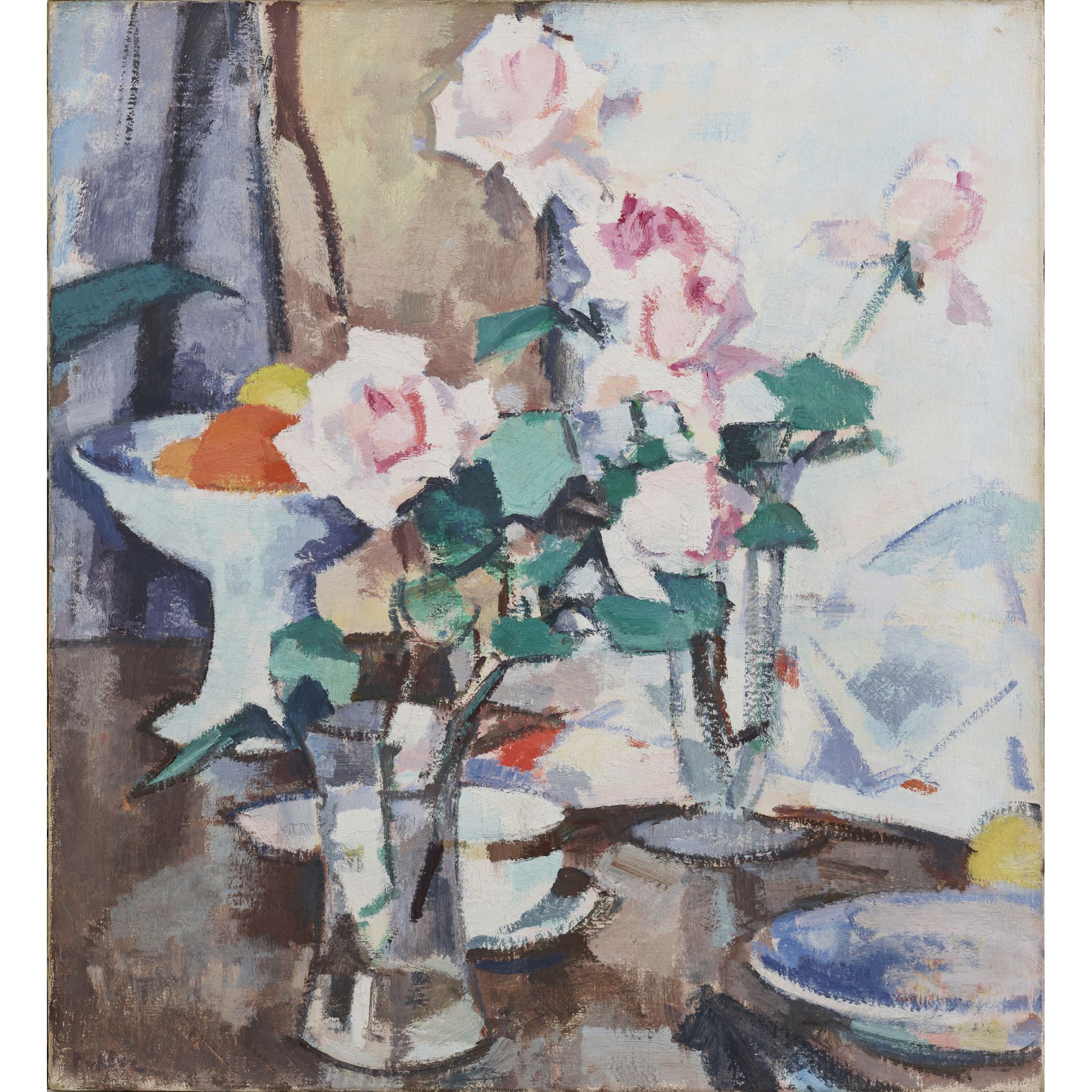
SAMUEL JOHN PEPLOE R.S.A. (SCOTTISH 1871-1935) ◆
ROSES AND FRUIT
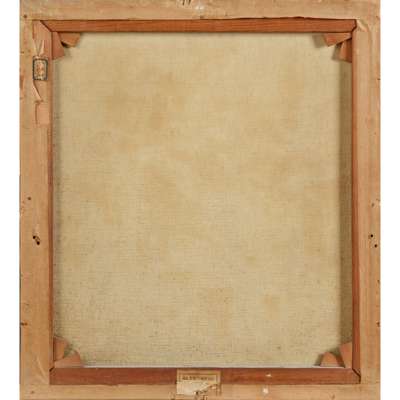
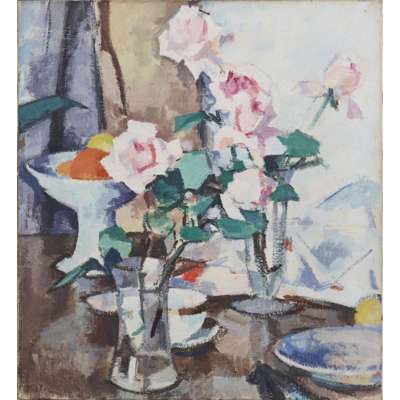

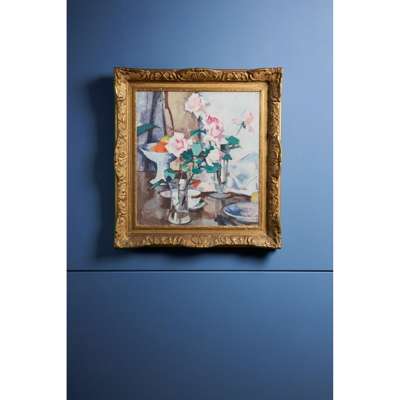
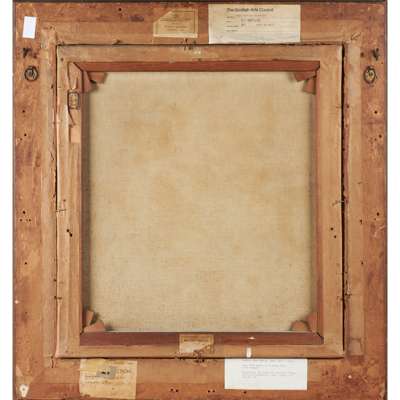


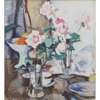
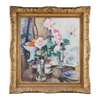
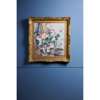
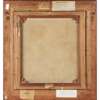

Scottish Paintings & Sculpture
Auction: Evening Sale: 09 December 2021 | From 18:00
Description
Signed, oil on canvas [n1]
Dimensions
56cm x 51cm (22in x 20in)
Provenance
Provenance: Acquired from Alexander Reid, La Société des Beaux-Arts, Glasgow in 1924 by Ion R. Harrison
Footnote
Exhibited: Samuel John Peploe, La Société des Beaux-Arts, Glasgow, 1924
Fine Art Section, Empire Exhibition, Bellahouston Park, Glasgow 1938, no.28
Pictures from a Private Collection: Peploe, Fergusson, Hunter, Cadell, McLellan Galleries, Glasgow, 1951
Three Scottish Colourists, Scottish Arts Council Gallery, Glasgow 1970 and tour, no. 71
Literature: Ion R. Harrison, 'As I Remember Them' in T. J. Honeyman, Three Scottish Colourists: Peploe, Cadell, Hunter, London 1950, p. 119, repr. col. pl. VI.
Guy Peploe, S. J. Peploe, Farnham 2012, p. 137, repr. col. fig. 144.
Note: Roses and Fruit is a superlative painting by Peploe. It not only shows the artist at the very height of his powers but was also part of one of the most important collections of the work of the Scottish Colourists ever assembled.
Having explored the visual possibilities of the tulip in the immediate post-World War One period, roses emerged as Peploe's favoured flower in the early 1920s. They became the subject of the most celebrated paintings of his career. The interplay of light and colour amidst their layered heads, as well as the formal contrast with their strongly defined leaves proved endlessly inspirational. On a practical level, roses maintained their shape long enough to satisfy Peploe's painstaking working methods.
In his still lifes of the decade, Peploe brought to bear all the experience he had gained in the genre as an emerging artist in Edinburgh before the war, his experimentation in pre-war Paris and the development of his practice during the conflict. Peploe's exploration of the work of artists from Edouard Manet, to Vincent van Gogh and Paul Cézanne were brought to a triumphant and original conclusion in this period, as revealed in Roses and Fruit.
This ambitious and confidently realised work features many of Peploe's most treasured still-life objects, from fruit compotier to gold-rimmed tea-cup and be-ribboned black fan. Each element is carefully placed in relation to the others, creating a sense of balance and allowing a seamless visual journey from drapery in the foreground to plate in the foreground. The cropping of, for example, the aspidistra leaf which enters from the left, is a clever device suggesting the space beyond the canvas, into which the viewer is invited to join the artist. The complex and triumphant realisation of the roses, their stems in water and the view through the vases are passages of extraordinary skill. A gentle palette is combined with bright colour, especially in the fruit, to provide rhythm and structure. It was with works such as Roses and Fruit that Peploe rose to international prominence in the 1920s and on which his enduring reputation as one of Scotland's most important artists is based.
In 1915, Peploe had his first solo exhibition at Alexander Reid's gallery, La Société des Beaux-Arts, in Glasgow. Thus began a long and productive relationship with the business, which expanded to London, involving regular exhibitions throughout the rest of Peploe's life. As a result, many art lovers were introduced to Peploe's work, not least the Glasgow ship-owner Ion R. Harrison. He purchased Roses and Fruit from Alexander Reid when it was included in a solo exhibition in the city in 1924. It was one of the first two paintings by the Scottish Colourists which he acquired before going on to become one of their most significant patrons.
In 1950 Harrison recalled: 'In was in 1921 or 1922 that I first became interested in the work of the...Scottish Colourists. The first exhibition of Peploe's which I saw was in Alex. Reid & Lefevre's, West George Street, Glasgow. Mr Peploe at that time had an Exhibition of Flower Pictures...I had never seen anything in art similar to these pictures...The first pictures I bought of the...Colourists were from a Peploe exhibition at Reid's which was held in March 1924. One was the beautiful Pink Rose Picture [sic - he is referring to the present work, which is titled Roses and Fruit under its reproduction in the book] and the other the smaller storm seascape painted at the North End, Iona. I recollect the thrill it gave me to hang my first two Peploes.' (Harrison, op.cit, p. 119)
Harrison not only went on to acquire many of Peploe's most important paintings, but was also able to develop a friendship with the notoriously private artist. He explained: 'It was through Cadell that I first met Peploe and it was when Cadell was starting to paint a portrait of my wife that Peploe joined us at Croft House for a weekend. This was a very great privilege for us, for Peploe did not care for visiting people unless he knew them very well. It was a very happy weekend indeed and Peploe was pleased to see his pictures hanging together in their surroundings...I held him in great esteem and regard him as a very great artist.' (ibid, p.123).
Indeed, over time the walls of the Harrison family home, Croft House in Helensburgh, were hung with masterpieces not only by Peploe, but also by Cadell, J. D. Fergusson and George Leslie Hunter. Such was the eventual importance of the Harrison Collection that it was exhibited at the McLellan Galleries in Glasgow in 1951.
Roses and Fruit is being sold to support various charities.












